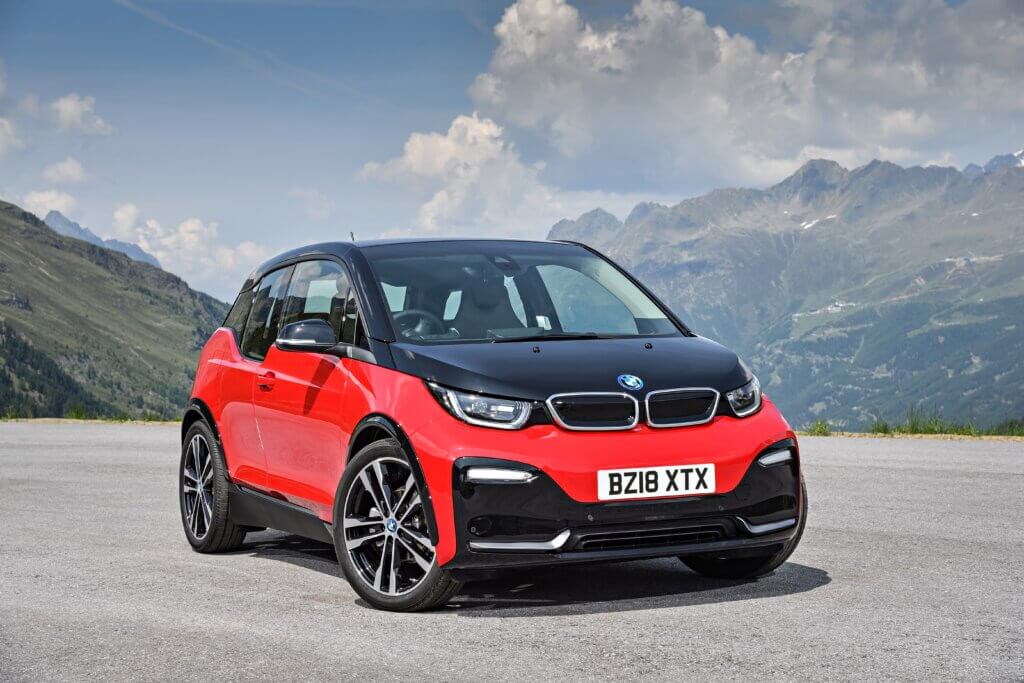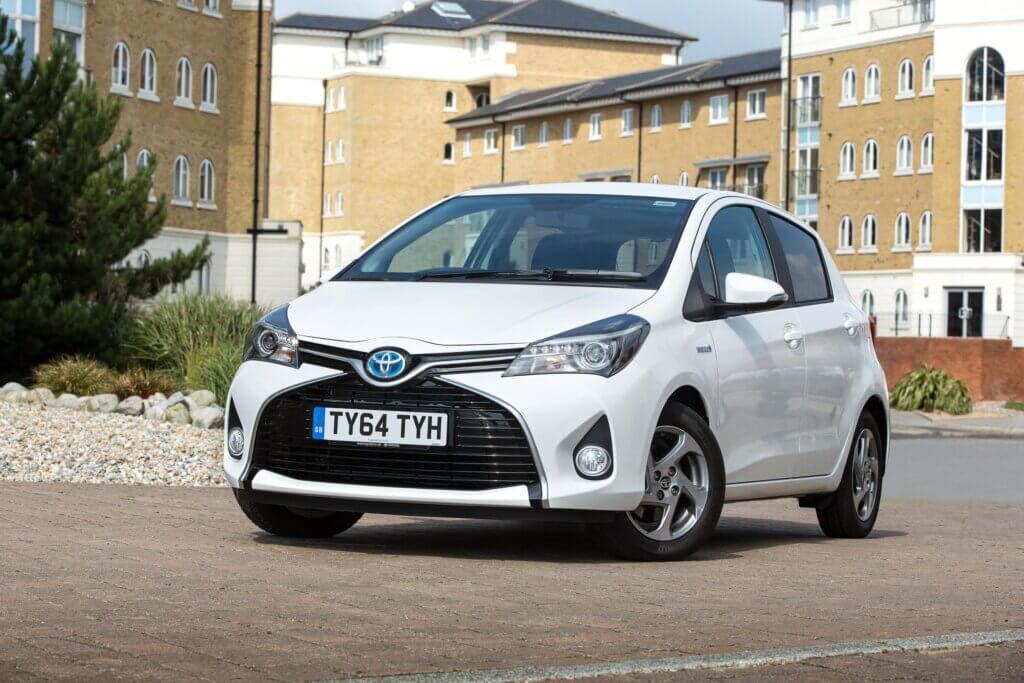Motoring costs have increased significantly in recent times, with insurance premiums soaring, along with vehicle-related repairs and the price of fuel.
Another cost that many drivers overlook is vehicle excise duty (VED), which is more commonly known as road tax. The cost you have to pay for it can be significant, amounting to hundreds and hundreds of pounds per year in some cases.
But that doesn’t have to be the case, as there are various cars that are free to tax. What makes a car have £0 tax depends on two things:
- Cars registered before April 2017 with CO2 emissions of less than 100g/km of CO2
- All electric cars are currently free to tax
However, this only remains the case temporarily as in April 2025, the government is introducing new measures that will mean all cars currently free to tax move up a band, and will cost £20 a year, albeit still a very low rate.
Best Used Cars with Free Road Tax
Cars with no road tax can come in all shapes and sizes, as well as with a range of fuel types. From diesel hatchbacks to hybrid SUVs, there are more cars that qualify for free road tax than you might expect.
Here we’re going to explore the broad range of models available, for a range of budgets and requirements.



